One of the major characteristics of a sprint weekend in Formula 1 is that it features just a single practice session in which teams have just 60 minutes to decide on the ideal set-up for sprint qualifying and Saturday's shorter race.
New rules for 2024 now means parc ferme rules are relaxed after the sprint allowing teams to make set-up modifications based on how they fared in the one-third distance sprint with the aim to make appropriate corrections for grand prix qualifying.
In Austria, the excellent weather conditions have meant there has been a substantial increase in the track and air temperatures to over 45 and 31 degrees celsius, respectively.
This is coupled with the fact that the Red Bull Ring is 700m above sea level meaning it is less dense.
Despite winning the sprint at ease after the early McLaren challenge, Red Bull and Max Verstappen opted to implement changes to their RB20 - with the major focus on the 71-lap race, where tyre degradation is expected to be high.
Verstappen grabbed by 0.404s from McLaren's Lando Norris, indicative of the performance gap, which if drawn out over a longer lap, say Spa-Francorchamps, could be estimated to be nearly 1.5s.
After analysing the data, the Milton Keynes-based team considered its peformance gap over McLaren to be too small, and experimented with different suspension - read ride height - settings to fish out extra lap-time.
Ride height is key to creating downforce, but the suspension stiffness must also be tweaked with the rear ride height raised and rear suspension softened with changes at the front mirroring this to avoid understeer from a too stiff front-end.
It was not a major change, with the over-riding aim to be to protect the tyres in the race, especially the rears in the multiple heavy traction zones.
Ferrari also took to the Red Bull Ring with a different set-up to those used in the sprint, with Charles Leclerc driving the change.
He was not happy with the balance as he took seventh place, with Ferrari analysing the data and making subtle changes to create a more benign car, but one that did not prove closer to its rivals.
Managing the tyres, as ever, will be key and the over-riding factor in the race.
Don't miss out on any of the Formula 1 action thanks to this handy 2026 F1 calendar that can be easily loaded into your smartphone or PC.
Download the calenderMost read
In this article

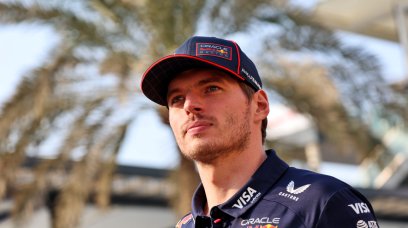

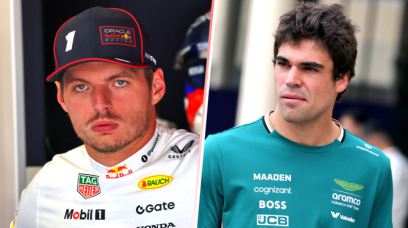
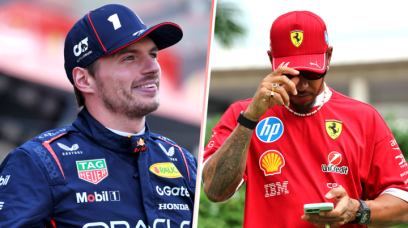

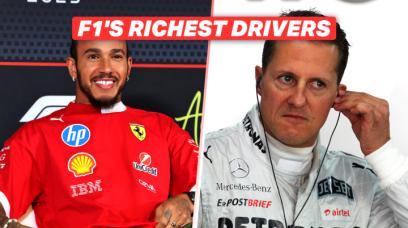
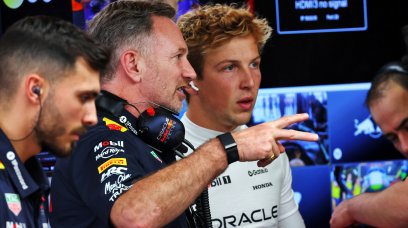
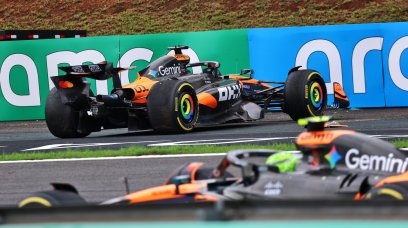

Join the conversation!